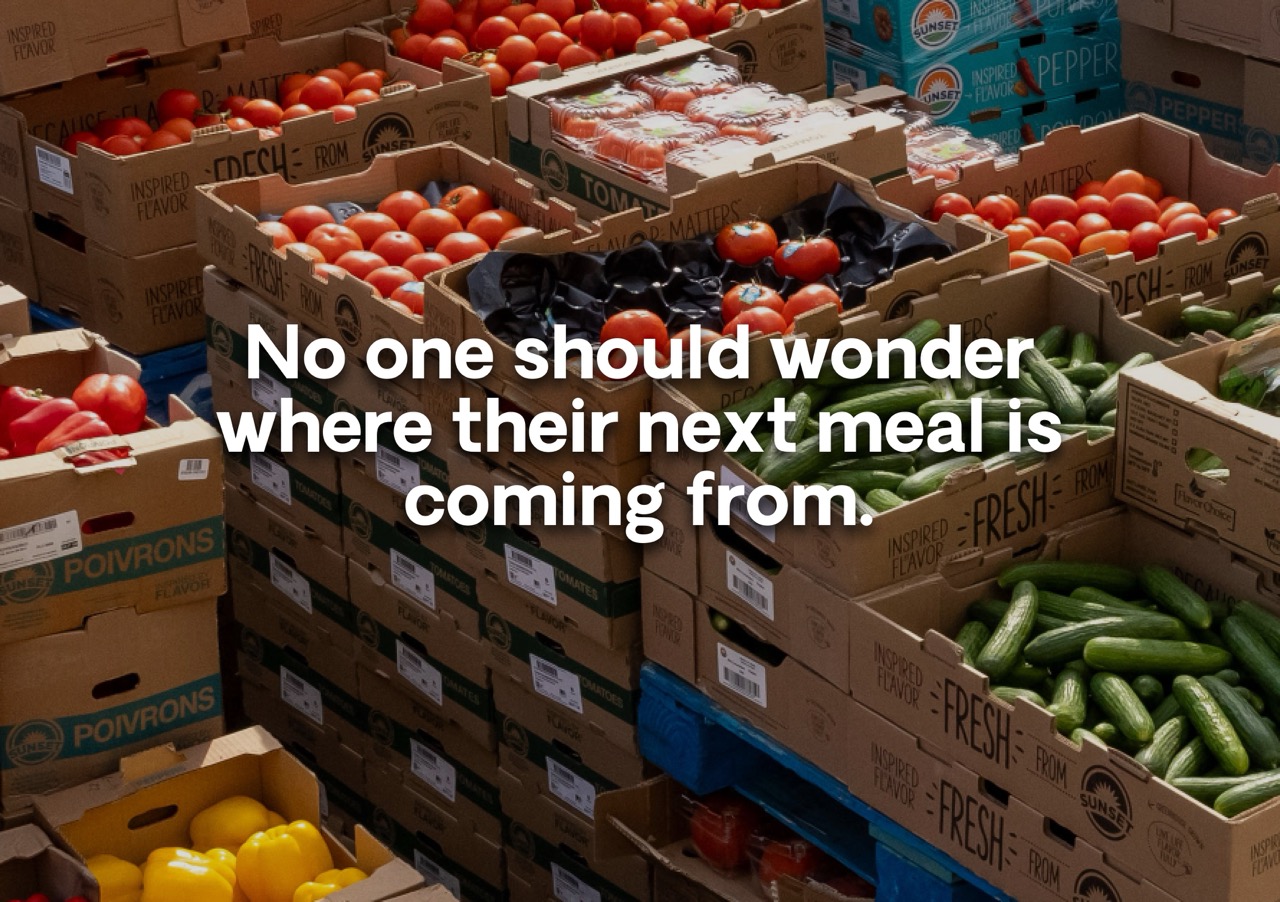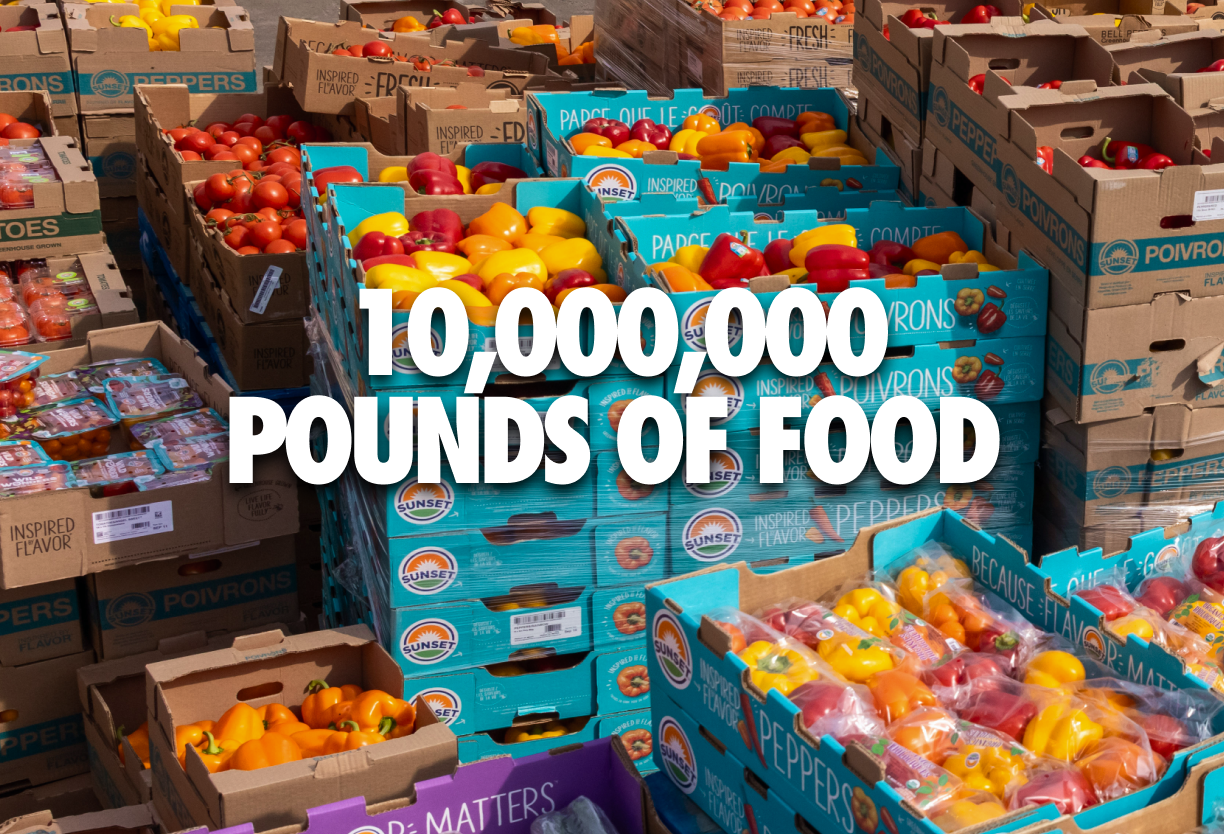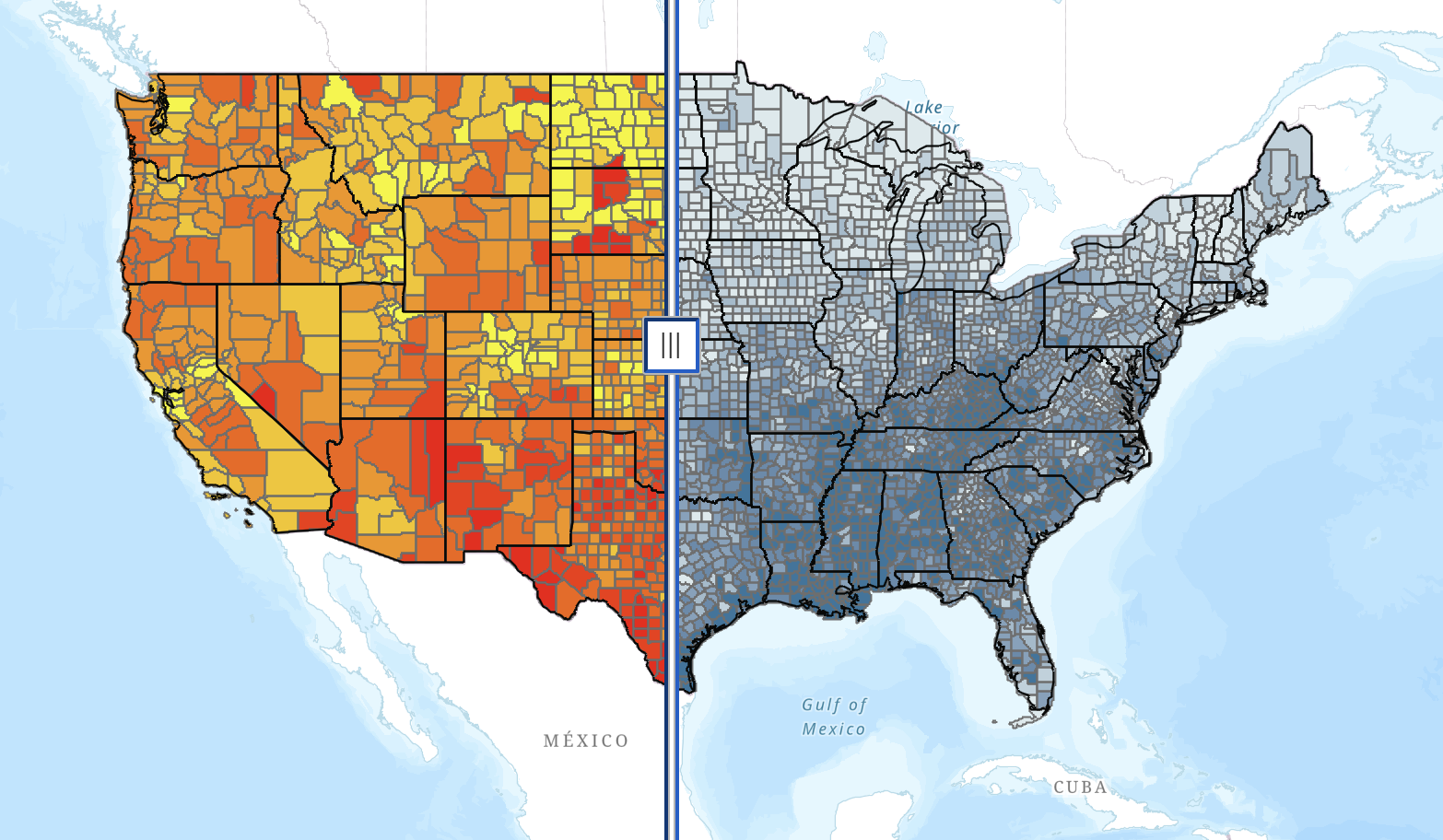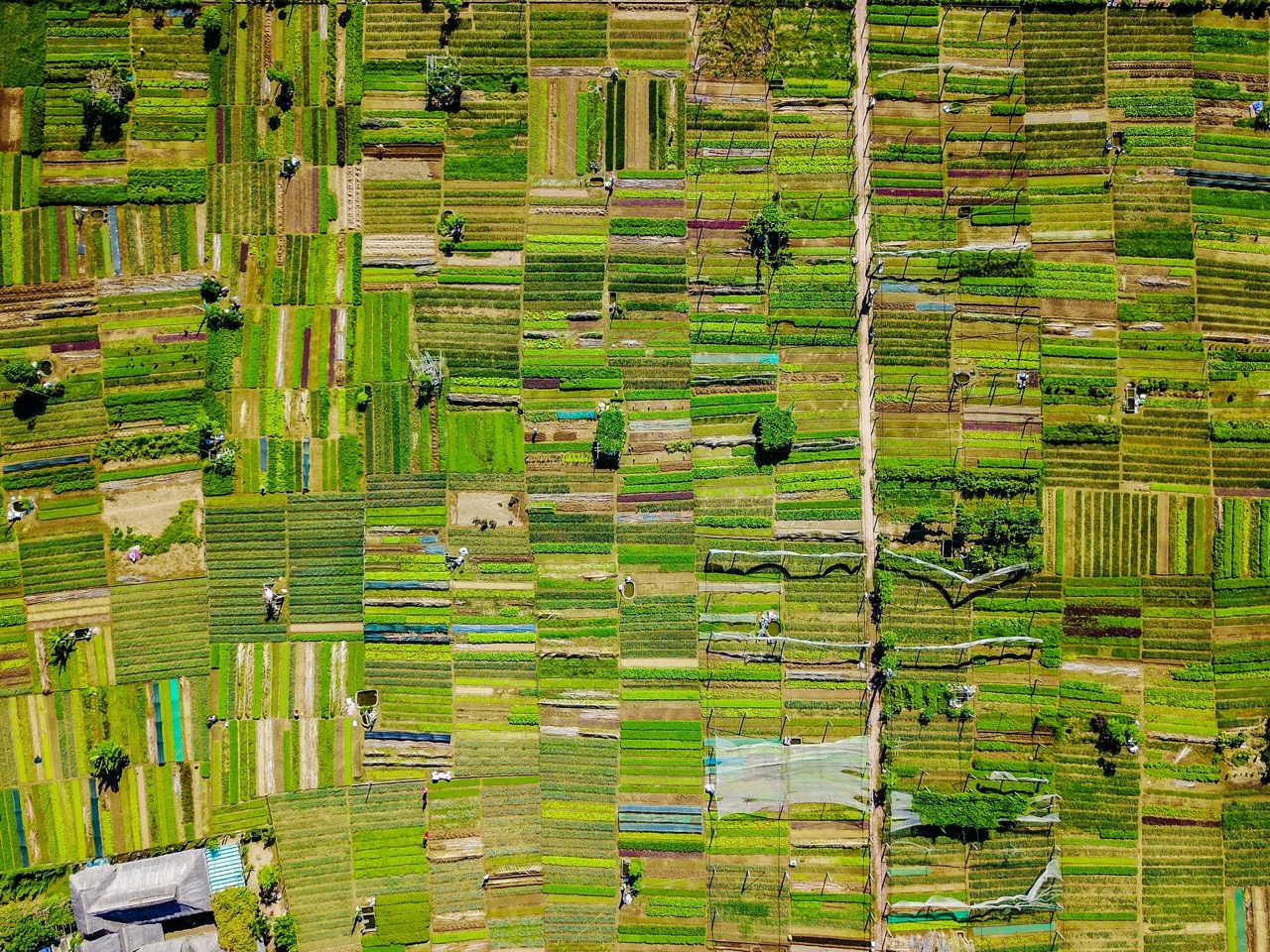Four years ago, Blake Place and her husband Andrew started a goat farm in upstate New York. Their farm consists of 150 goats, Blake, Andrew, and their three children: ages six, four, and one. “It’s just us. We started it, we created it,” said Blake. Their farm, although small, was doing well: they sold the majority of their milk to creameries around the tristate area and created a side value product of goat milk gelato popular among college students and local families.
However, just like many other small farmers across the nation, the COVID-19 pandemic devastated their business model. “When coronavirus hit and restaurants closed down, there was no space in homes for delicacies like goat milk gelato and goat cheese,” Blake explained. “Those were the first things to go.” For the first six weeks of the pandemic, all of their distribution creameries shut down. Blake and her husband would dump 95 percent of the 100 gallons of goat milk they produced each day. “It was like a punch in the gut.” They still had to pay all of their bills, feed their animals and children, and maintain their farm, yet they had no choice but to destroy everything they produced.
For a few weeks amid the pandemic, they sold milk to food banks around the Fingerling Lakes through a new creamery. This creamery kept Blake and Andrew afloat for a little while, but then their funds ran out as well. To try and preserve some of their milk, Andrew and Blake decided to start bottling their goat milk for later distribution. Blake discovered that goat milk, unlike many baby formulas, is the most easily digestible milk by babies. However, they still had nowhere to send these bottles.
Blake found out about The Farmlink Project through the grapevine of chatting with “different folks” at local food banks. Together, we found two organizations eager to receive Blake and Andrew’s bottled goat milk: the North Country Prenatal Perinatal Council and Mercy Church. The NCPPC services women and young families and used 300 quarts of Blake’s milk as baby formula. Mercy Church received the remaining 150 quarts of milk. Mercy Church will distribute the goat milk at their bi-weekly soup kitchens that feed hundreds of people in the upstate area. “I’m just so happy that we worked out a way to get this milk back to the people instead of dumping it.”
< Back

Four years ago, Blake Place and her husband Andrew started a goat farm in upstate New York. Their farm consists of 150 goats, Blake, Andrew, and their three children: ages six, four, and one. “It’s just us. We started it, we created it,” said Blake. Their farm, although small, was doing well: they sold the majority of their milk to creameries around the tristate area and created a side value product of goat milk gelato popular among college students and local families.
However, just like many other small farmers across the nation, the COVID-19 pandemic devastated their business model. “When coronavirus hit and restaurants closed down, there was no space in homes for delicacies like goat milk gelato and goat cheese,” Blake explained. “Those were the first things to go.” For the first six weeks of the pandemic, all of their distribution creameries shut down. Blake and her husband would dump 95 percent of the 100 gallons of goat milk they produced each day. “It was like a punch in the gut.” They still had to pay all of their bills, feed their animals and children, and maintain their farm, yet they had no choice but to destroy everything they produced.
For a few weeks amid the pandemic, they sold milk to food banks around the Fingerling Lakes through a new creamery. This creamery kept Blake and Andrew afloat for a little while, but then their funds ran out as well. To try and preserve some of their milk, Andrew and Blake decided to start bottling their goat milk for later distribution. Blake discovered that goat milk, unlike many baby formulas, is the most easily digestible milk by babies. However, they still had nowhere to send these bottles.
Blake found out about The Farmlink Project through the grapevine of chatting with “different folks” at local food banks. Together, we found two organizations eager to receive Blake and Andrew’s bottled goat milk: the North Country Prenatal Perinatal Council and Mercy Church. The NCPPC services women and young families and used 300 quarts of Blake’s milk as baby formula. Mercy Church received the remaining 150 quarts of milk. Mercy Church will distribute the goat milk at their bi-weekly soup kitchens that feed hundreds of people in the upstate area. “I’m just so happy that we worked out a way to get this milk back to the people instead of dumping it.”
 < Back
< BackHidden Pastures Goat Dairy
Glenfield, NY
Four years ago, Blake Place and her husband Andrew started a goat farm in upstate New York. Their farm consists of 150 goats, Blake, Andrew, and their three children: ages six, four, and one. “It’s just us. We started it, we created it,” said Blake. Their farm, although small, was doing well: they sold the majority of their milk to creameries around the tristate area and created a side value product of goat milk gelato popular among college students and local families.
However, just like many other small farmers across the nation, the COVID-19 pandemic devastated their business model. “When coronavirus hit and restaurants closed down, there was no space in homes for delicacies like goat milk gelato and goat cheese,” Blake explained. “Those were the first things to go.” For the first six weeks of the pandemic, all of their distribution creameries shut down. Blake and her husband would dump 95 percent of the 100 gallons of goat milk they produced each day. “It was like a punch in the gut.” They still had to pay all of their bills, feed their animals and children, and maintain their farm, yet they had no choice but to destroy everything they produced.
For a few weeks amid the pandemic, they sold milk to food banks around the Fingerling Lakes through a new creamery. This creamery kept Blake and Andrew afloat for a little while, but then their funds ran out as well. To try and preserve some of their milk, Andrew and Blake decided to start bottling their goat milk for later distribution. Blake discovered that goat milk, unlike many baby formulas, is the most easily digestible milk by babies. However, they still had nowhere to send these bottles.
Blake found out about The Farmlink Project through the grapevine of chatting with “different folks” at local food banks. Together, we found two organizations eager to receive Blake and Andrew’s bottled goat milk: the North Country Prenatal Perinatal Council and Mercy Church. The NCPPC services women and young families and used 300 quarts of Blake’s milk as baby formula. Mercy Church received the remaining 150 quarts of milk. Mercy Church will distribute the goat milk at their bi-weekly soup kitchens that feed hundreds of people in the upstate area. “I’m just so happy that we worked out a way to get this milk back to the people instead of dumping it.”

.png)
.png)






.svg)
.svg)
.svg)